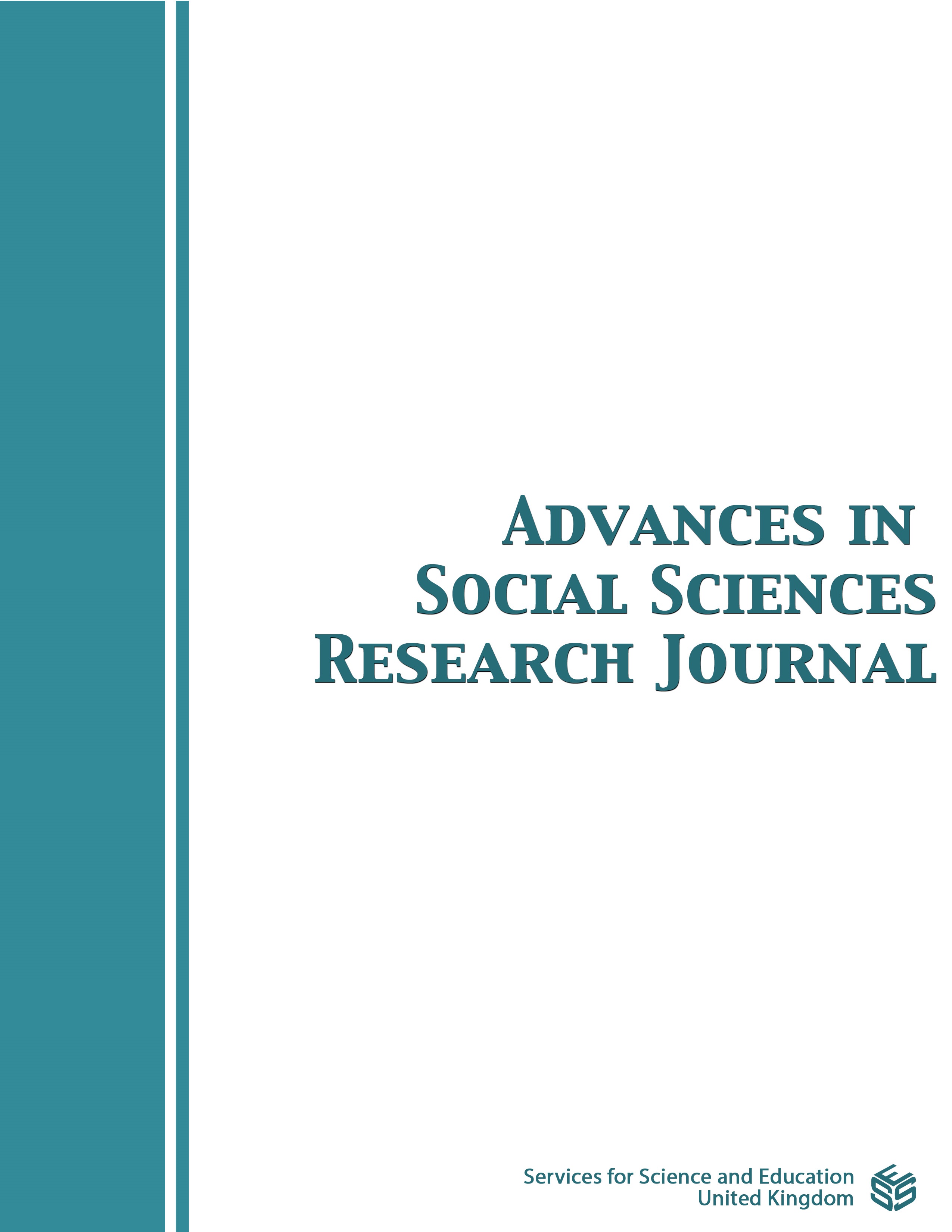Explaining Youth Unemployment in Malaysia. The Auto-Regressive Distributive Lag (ARDL) Approach
DOI:
https://doi.org/10.14738/assrj.112.2.16429Keywords:
Youth Unemployment, Malaysia, Auto-Regressive Distributive Lag (ARDL) ApproachAbstract
This study examines the influence of macroeconomic factors, namely Gross Domestic Product (GDP), Inflation, Population and Foreign Direct Investment (FDI) on Youth Unemployment in Malaysia from 1991 to 2021 using time series analysis. The data was obtained from World Bank Data and analyzed using EViews software. The time series data was conducted using the Augmented Dickey-Fuller (ADF) test. The Auto-Regressive Distributive Lag (ARDL) approach to cointegration was then employed to determine the short- and long-term analysis of the series. The ARDL bound test analysis indicates that there is a cointegration relationship between macroeconomic factors and youth unemployment. The results suggest that economic growth, inflation, and population have a negative and significant impact on youth unemployment, while foreign direct investment has a positive but insignificant effect on youth unemployment in the long term. Upon analyzing the short-term outcome, it was observed that all factors exhibited a negative correlation and exerted a substantial impact on youth unemployment’s rate.
Downloads
Published
How to Cite
Issue
Section
License
Copyright (c) 2024 Norliza Che-Yahya, Nur Ernisha Anis Suraya Mohd Rosdi, Azlul Khalilah Zaghlol, Siti Sarah Alyasa-Gan

This work is licensed under a Creative Commons Attribution 4.0 International License.
Authors wishing to include figures, tables, or text passages that have already been published elsewhere are required to obtain permission from the copyright owner(s) for both the print and online format and to include evidence that such permission has been granted when submitting their papers. Any material received without such evidence will be assumed to originate from the authors.






